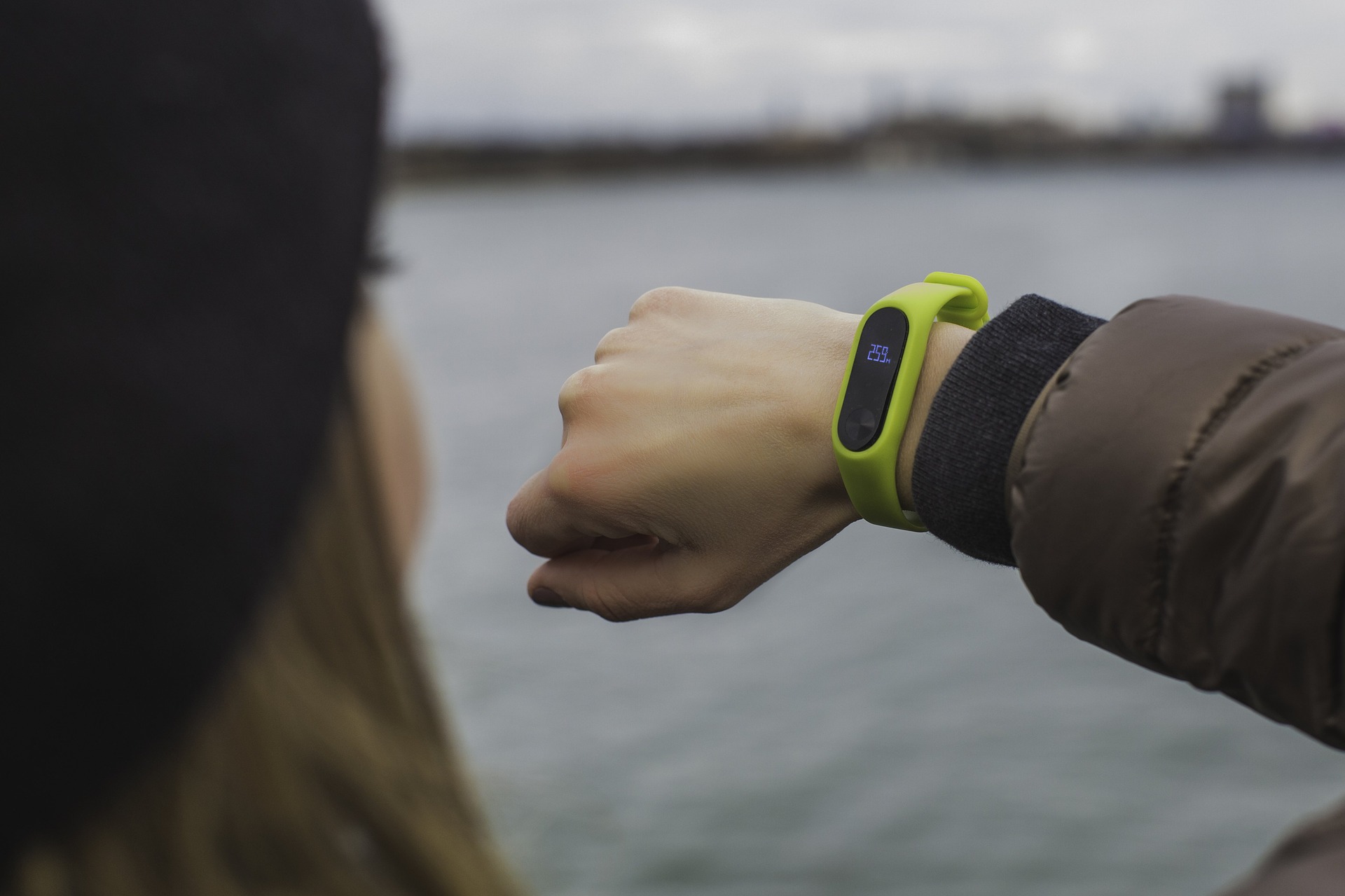You’ve probably heard that sitting is the new smoking. This is because more and more studies are showing that a predominantly sedentary lifestyle contributes to the development or exacerbation of chronic lifestyle diseases such as diabetes, obesity, and heart disease. (If you’re a sitter and a smoker you’re really up against it!)

Sitting itself isn’t the issue. The problem is sitting for prolonged periods of time day after day after day. The typical American’s life is built around sitting. Think about it. After their morning ritual, most people sit down to breakfast. Then they hop in the car and drive to work. Then they sit at a desk for the better part of 8 hours. Then it’s back in the car seat and home to a sit down dinner. And before hitting the sack, there’s some couch time while taking in a bit of prime time TV. It seems that for many of us, the only movement we get is the slow shuffle of transitioning from one sitting role to another.
Not only does extended sitting set you up for chronic metabolic disease, but it also happens to be terrible for your spine, and by extension, your entire musculoskeletal system. Besides tending to round you into a C-shape, excessive sitting can lead to imbalances in muscles crucial to movements at the core of everyday living.
So what’s fix for excessive sitting? To put it simply: not sitting.
But there’s a bit more to it than that. You don’t just need to move. You need to move frequently. If you’re a coach potato, you’ll do wonders for your body by incorporating any healthy movement into your day.
“I’m good,” you say. “I hit the gym 5 days a week and get my workout in.” Congratulations. That’s an amazing start. But did you know that you still might be an Active Couch Potato? This is a recently coined term to describe those of us who are dedicated to exercising consistently for a small portion of the day, but spend the majority of our remaining hours sitting. This is the great exercise paradox. Our psyche convinces us that spending 2 hours in the gym earns us the right to laze around the rest of the day. In actuality, continuous low level activity should still comprise a large portion of your waking hours – even on workout days. A little bit of exertion sprinkled throughout your active hours has proven to be especially beneficial to your health.
The goal is to work as much “free” movement into your day as possible. I call it free movement for 2 reasons. First, it requires very little additional effort to implement, so the return on your investment is outstanding. And secondly, once it becomes habit it simply meshes with your other routine activities without a second thought.

What does free movement look like? Simple things like taking the stairs instead of the elevator. Choosing a distant parking spot. Walking your family room during commercials. Incorporating a convertible stand/sit desk. Busting out a couple 30 second planks at your cubicle. Basically just filling in some of the empty spots in your day with some type of positive mobility.
As for how much movement you need…
While 10,000 steps a day seems to be the most widely accepted benchmark for physical movement, this TIME article suggests that the greatest cardiovascular benefits occur at a threshold of 15,000 steps. But the real takeaway from the article is that the biggest advantage of all is going from 0 steps to something. In other words, if you’re used to not moving at all, hitting a daily minimum of activity is just as important early on as getting to your total daily goal.

Make the commitment to working more daily movement into your life. This truly is one of the simplest things you can do to enhance your health. You don’t necessarily need to track your steps, but you should somehow note how much you’re moving and what type of activity you did – at least early on until it becomes second nature. If you’re a numbers person and want to use a step tracker, shoot for 10,000 steps a day, but be happy if you only get a third of that. You’ll hit your goal if you just keep at it. Just take it slow. And often.
Be Your Best,

Originally published at eatsleepmoverepeat.com


